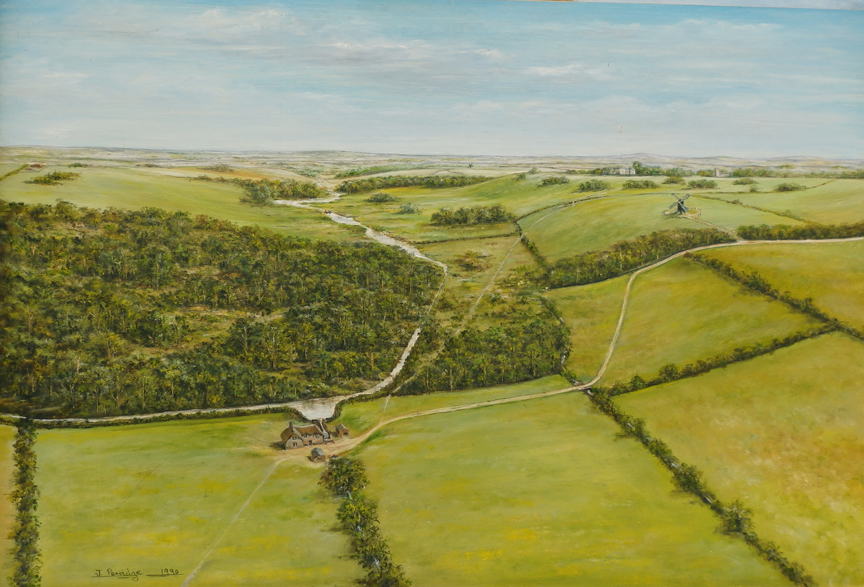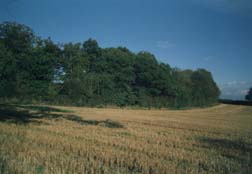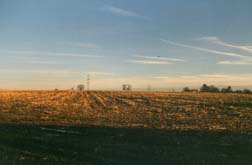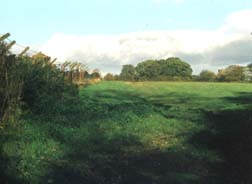|
The mill obtained
its water supply from a millpond fed from two local streams.
The course of these streams was diverted by means of leats, measuring
today approximately 20ft. wide by 6ft. deep . These are quite
large, due no doubt to considerable erosion. But it is quite
conceivable they were made extra wide to retain more water for
the mill.
The ground fell
away quite steeply in front of the pond, on the North side of
the hollow, and it was here that the Waterwheel would have been
sited. The water left the mill by way of a channel, dug out to
join up with the Barwell brook at the bottom of the meadow
|
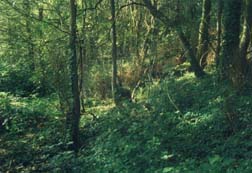
The two leats ran
in opposite directions, one East and the other North West. A
small section of the North West leat can still be seen today
on the edge of a small remnant of the wood. Although silted and
overgrown its dimensions are still visible. See Photo above
|
